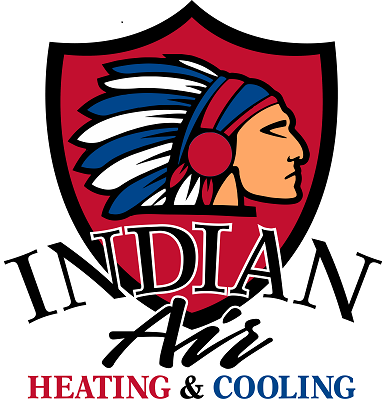When the hot Arizona Summer ends, Winter cold takes hold of our desert environment. That means it is crucial to make sure your home heating system is in top notch working condition. Don’t put it off any longer! Being prepared for the cold winter nights to come ensures you’ll be able to keep your family healthy and comfortable. Indian Air is proud to provide services that will help make sure your heater won’t break down in the middle of the night leaving you shivering in the dark.
We proudly offer Air Heating Services such as:
Tune Ups
Repairs
Replacements
For all your Heating needs, don’t be “cold”, call Indian Air!
Heating Facts
Most people associate Arizona with extreme desert heat. What they fail to understand is that deserts rapidly lose heat, resulting in cold winter temperatures. That makes an efficient heating system crucial. A central heating system provides warmth to the whole interior of a building (or portion of a building) from one point to multiple rooms. When combined with other systems in order to control the building climate, the whole system may be an HVAC (heating, ventilation and air conditioning) system.
Central heating differs from local heating in that the heat generation occurs in one place, such as a furnace room in a house or a mechanical room in a large building (though not necessarily at the “central” geometric point). The most common method of heat generation involves the combustion of fossil fuel in a furnace or boiler. The resultant heat then gets distributed: typically by forced-air through ductwork, by water circulating through pipes, or by steam fed through pipes. Increasingly, buildings utilize solar-powered heat sources, in which case the distribution system normally uses water circulation.
In much of the temperate climate zone, as well as desert areas prone to cold winter temperatures like Prescott, Prescott Valley and Chino Valley, most new housing has central heating. Such areas normally use gas heaters, district heating, or oil-fired system, often using forced-air systems. Steam-heating systems, fired by coal, oil or gas, are also used, primarily for larger buildings. Electrical heating systems occur less commonly and are practical only with low-cost electricity or when ground source heat pumps are used. Considering the combined system of central generating plant and electric resistance heating, the overall efficiency will be less than for direct use of fossil fuel for space heating.
Types of Heating Systems
At Indian Air, we work on various types of heating systems including furnaces, rooftop, and heat pumps. Not sure which you have? Here’s a quick summary of common heating systems.
Furnaces
Furnaces create heat via combustion. Older units were 40% to 60% efficient. New equipment starts as high as 80% effiency, the optimum being the 95% effecient sealed combustion furnace. Natural gas is the warmest and most inexpensive of all heating sytems.
Heat Pump
Heat pumps move heat energy from one location to another, using a reverse refrigeration cycle. The most efficient heat pumps are as energy efficient as a natural gas furnace. When correctly serviced and maintained, this is the premiere choice of equipment. In mild climates a heat pump can be used to air condition the building during hot weather, and to warm the building using heat extracted from outdoor air in cold weather.
Rooftop Equipment
Rooftop systems can consist of either a heat pump or a cooling system using gas heat. Ducted from your roof to your house, this system needs to be cleaned and serviced on a more regular basis than most equipment. If installed correctly, it can be the quietest and most efficient.
No matter which type of system you have, trust the experts at Indian Air to take great care of you!


